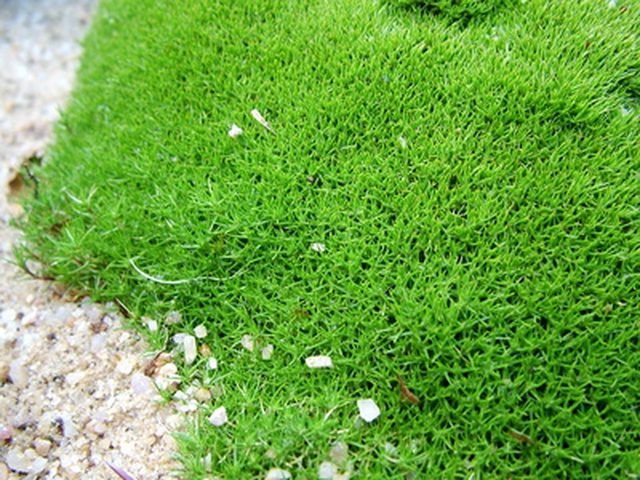Bulbs
Flower Basics
Flower Beds & Specialty Gardens
Flower Garden
Garden Furniture
Garden Gnomes
Garden Seeds
Garden Sheds
Garden Statues
Garden Tools & Supplies
Gardening Basics
Green & Organic
Groundcovers & Vines
Growing Annuals
Growing Basil
Growing Beans
Growing Berries
Growing Blueberries
Growing Cactus
Growing Corn
Growing Cotton
Growing Edibles
Growing Flowers
Growing Garlic
Growing Grapes
Growing Grass
Growing Herbs
Growing Jasmine
Growing Mint
Growing Mushrooms
Orchids
Growing Peanuts
Growing Perennials
Growing Plants
Growing Rosemary
Growing Roses
Growing Strawberries
Growing Sunflowers
Growing Thyme
Growing Tomatoes
Growing Tulips
Growing Vegetables
Herb Basics
Herb Garden
Indoor Growing
Landscaping Basics
Landscaping Patios
Landscaping Plants
Landscaping Shrubs
Landscaping Trees
Landscaping Walks & Pathways
Lawn Basics
Lawn Maintenance
Lawn Mowers
Lawn Ornaments
Lawn Planting
Lawn Tools
Outdoor Growing
Overall Landscape Planning
Pests, Weeds & Problems
Plant Basics
Rock Garden
Rose Garden
Shrubs
Soil
Specialty Gardens
Trees
Vegetable Garden
Yard Maintenance
Irish Moss Problems
Irish Moss Problems. Irish moss (Sagina subulata) is a moss-like ground cover that you can use to create a living carpet in your garden. It is a good plant for rock gardens or areas that get some foot traffic. It is not really a moss, but it grows into a tight mound just like many types of moss. Irish moss may have white or pink flowers in the...

Irish moss (Sagina subulata) is a moss-like ground cover that you can use to create a living carpet in your garden. It is a good plant for rock gardens or areas that get some foot traffic. It is not really a moss, but it grows into a tight mound just like many types of moss. Irish moss may have white or pink flowers in the summer. It remains nice and green all winter long.
Full Sun or Shade
While Irish moss really enjoys the sun, if you live in a dry area or get a dry summer, your plants may suffer and dry out. If you know your summers are usually hot, plant Irish Moss in an area that gets partial shade. Don't plant it in full shade or your plant will not thrive. It needs at least a few hours of sun each day to grow well. Keep it watered in hot weather. If it does dry up, it should turn green again when the weather cools.
Pests
Irish moss is often preyed upon by aphids. You can easily control the aphids with some beneficial insects like ladybugs and lacewings. They both enjoy feasting on aphids and unlike insecticides, won't affect the rest of the biodiversity of your garden. Slugs also love to feast on the soft green foliage. Set out beer traps or use a slug bait if you don't need to worry about pets or children in the area. Moles may sometimes surface in the middle of your Irish moss. If you can tuck the roots back into the soil and water it, the moss should recover well. If you don't see it right away, the roots will dry out and die, causing empty spots in your coverage.
Crown Rot
Crown rot may affect Irish moss if the soil does not drain well or is too heavy. This disease causes the plants to rot where the stems join the roots. It is usually fatal, so prevention is much more effective than treatment after the fact.
Frost
In colder climates, Irish moss can freeze back and you may need to replace it in the spring. In temperate areas, it may remain green all winter long.
Weeds and Grass
Irish moss is usually dense enough to discourage weeds and grass, but in the event they manage to get through, it is best to try and remove them by hand as soon as you see them rather than resort to herbicides. Waiting until the weed is established may harm the moss when you remove it.